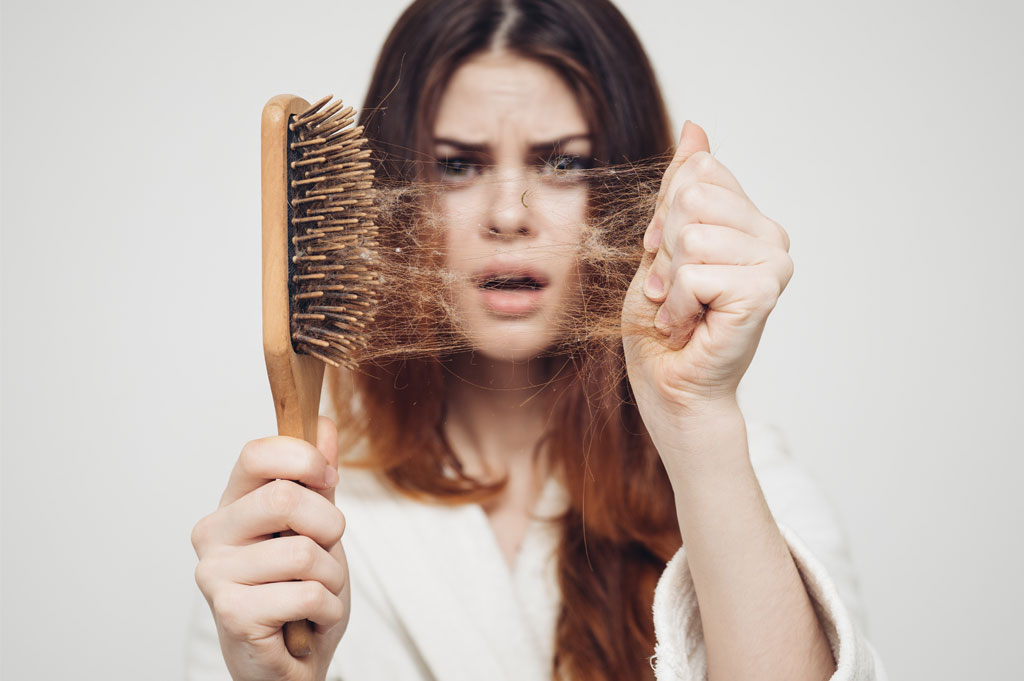Women’s Treatments
Women’s Treatments
Many women with hair loss suffer in silence,
altering their hairstyle to hide thinning or patches.
But the sooner you seek care, the better the chances of successfully treating it.
It's not as uncommon as you may think: As many as 5% of women under 30 and 60% of those older than 70 are affected.
What’s the most common form of female hair loss?
Female-pattern hair loss, which usually has a strong genetic component that can be inherited from either the mother or father. Also referred to as androgenetic alopecia, this type of hair loss can start as early as the late teens and the earlier it starts, the more severe the hair loss tends to be.
Most women with pattern hair loss don’t get a receding hairline or bald spot on top of the scalp as is common in men. Instead, there is visible thinning over the crown. In men and women, hairs are miniaturized because of a shortened growth cycle where the hair stays on the head for a shorter period of time.
These wispy hairs, which resemble forearm hairs, do not achieve their usual length. The first sign of hair loss that most women notice is often widening of their part or that their ponytail is smaller.
Hair loss may lead to depression, anxiety, and social phobia. Depression can lead to a feeling of low mood, lack of interest or pleasure in activities, loss of energy, and sleep deprivation. Anxiety can cause excessive worrying, difficulty in controlling those feelings, and a feeling of heightened tension.
Hair recovery is of great importance to regain self confidence and self esteem.
Try it for a change
Why not try it for a change?
menopausal
No more
Don’t
growing
older
intense heat
heartbeats

